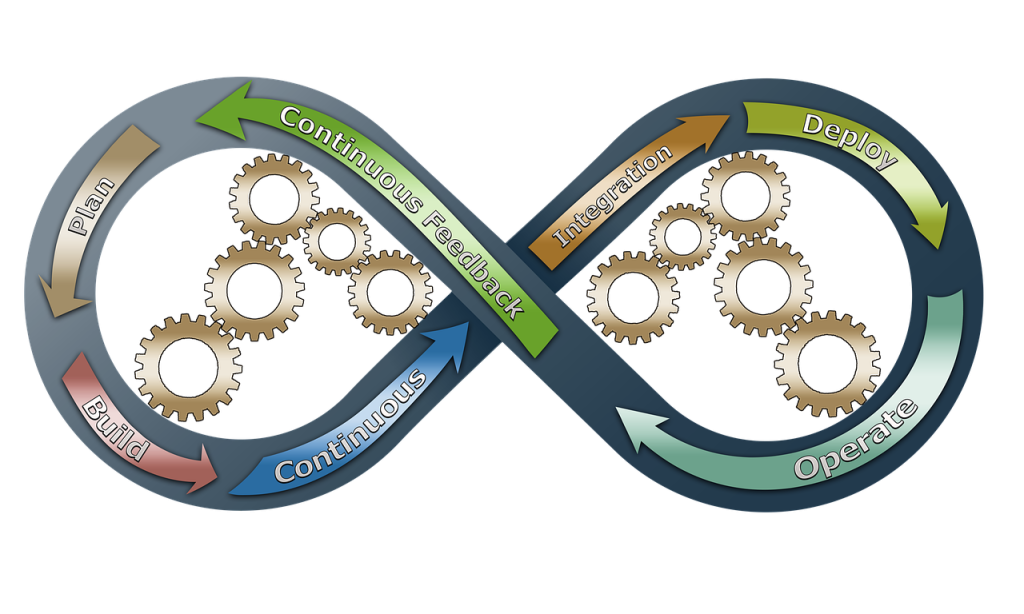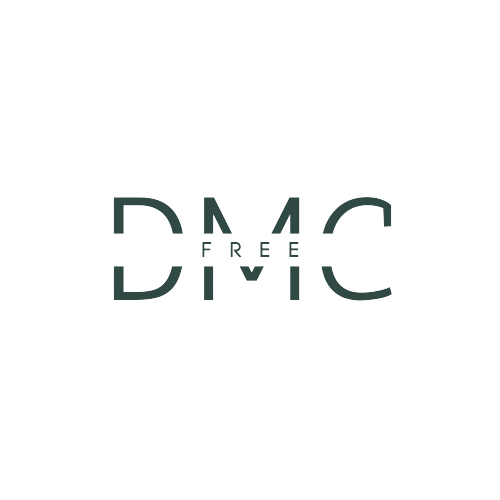
Today’s dynamic digital environment demands methodologies that are adaptable, collaborative, and result-oriented. Agile web development emerges as a fulcrum of these ideals, aiming to redefine the paradigms of software production.
Table of Contents
Agile Web Development: Breaking Down the Basics
To appreciate the value proposition of Agile web development, it’s crucial to delve into its foundational principles:
- Collaborative Synergy: By bringing together multifunctional teams, Agile champions the principle of collective ownership and accountability.
- Progress through Iteration: Agile doesn’t chase perfection in the first instance. It believes in developing usable versions and then refining them based on feedback and changing requirements.
- Adaptive Over Rigid Planning: In Agile, there’s an acceptance that change is inevitable. Thus, instead of a rigid blueprint, it prioritizes adaptive strategies to accommodate evolving demands.
- Feedback-centric: Continuous review and prompt addressing of issues lie at the heart of Agile, ensuring alignment with user expectations and market dynamics.

The Structured Steps of Agile Web Development
| Step | Phase | Description |
|---|---|---|
| 1 | Project Inception | Define the vision and goals. Identify stakeholders. |
| 2 | Product Backlog Creation | List all features, functionalities, and requirements. Prioritize based on importance and dependencies. |
| 3 | Sprint Planning | Decide on a timeframe for the sprint (usually 2-4 weeks). Choose tasks from the product backlog for this sprint. |
| 4 | Sprint Execution | Team meets for daily stand-ups to discuss progress, plans, and obstacles. Engage in development, design, testing, etc. |
| 5 | Continuous Integration | Regularly integrate and test code, typically multiple times a day. |
| 6 | Sprint Review | Showcase completed work to stakeholders. Gather feedback. |
| 7 | Sprint Retrospective | Team reflects on the sprint. Identify areas of improvement. |
| 8 | Product Increment | Deliver a potentially shippable product increment. Ensure alignment with defined acceptance criteria. |
| 9 | Return to Sprint Planning | Proceed with the next set of tasks/features from the product backlog. |
| 10 | Release | After several sprints, once a substantial product part is ready, release it to the users. |
| 11 | Feedback and Iteration | Gather user feedback. Update the product backlog with new insights or changes in priorities. Repeat the Agile cycle. |
This table offers a structured view of the Agile development cycle, especially when following the Scrum methodology.
Salaries and Trends in Agile Web Development
The ascendancy of Agile in the software realm has impacted employment dynamics and remuneration structures:
| State | Average Salary (per year) |
|---|---|
| California | $120,000 |
| Texas | $100,000 |
| New York | $115,000 |
| Florida | $90,000 |
| Washington | $110,000 |
For those seeking granular insights into compensation metrics across different web development niches, the Full-Stack Web Salaries platform offers a detailed exposition.
The Future: Merging AI
Technological advancements are ceaseless, and the confluence of AI with Agile principles is ushering in a transformative era:
- Data-driven Decision Making: AI’s prowess in harnessing data can empower Agile teams with predictive analytics, allowing for more informed decision-making.
- Operational Efficiency: By leveraging AI for automation, redundant tasks can be streamlined, enabling Agile teams to focus on strategic deliverables.
- User Experience Enrichment: AI’s capability to decipher user behavior can be a linchpin in crafting superior user experiences in Agile projects.
To further explore the integration of AI in web development, the AI-Based Web Development article provides a comprehensive overview.
Third-party Insights
To gauge the broader impact and relevance of Agile in the contemporary software landscape, readers are encouraged to peruse this analytical piece from MIT Technology Review.
Concluding Thoughts
Agile web development is not a fleeting trend; it’s a cogent response to the mutable nature of digital requirements. Its symbiosis with pioneering technologies like AI only underscores its lasting relevance. As businesses and developers alike navigate this terrain, a genuine comprehension of Agile’s core tenets will be paramount.
FAQ’s
Q.1 What is Agile web development?
Agile web development is a collaborative and iterative approach to creating web applications. It emphasizes regular feedback, adaptability, and the delivery of functional product increments throughout the development cycle. Rooted in the Agile manifesto, this method prioritizes user needs and fosters a responsive development environment.
Q.2 Is Agile good for web development?
Absolutely. Agile offers a flexible framework that allows web development teams to adapt to changing requirements quickly. By promoting regular communication among stakeholders, ensuring swift iterations, and valuing user feedback, Agile often leads to more user-centric and high-quality web products. It’s especially beneficial for projects where user needs might evolve or market dynamics can shift.
Q.3 What is an example of agile development?
Consider a web application designed to book hotel rooms. An Agile approach would first focus on delivering a basic functional version with essential features, like room selection and reservation. In subsequent iterations, more refined features, such as user profiles, reward systems, or interactive maps, could be introduced. Feedback is continuously gathered and integrated, ensuring the application remains relevant and user-friendly.
Q.4 What are the 4 types of Agile?
The term “Agile” encompasses various methodologies, each with its nuances. The primary four are:
- Scrum: A framework that divides projects into small, time-boxed periods called “sprints”, usually lasting two to four weeks. At the end of each sprint, a functional product increment is delivered.
- Kanban: This method visualizes the workflow using boards and cards, aiming to improve efficiency by limiting the number of tasks in progress.
- Extreme Programming (XP): XP emphasizes technical excellence and close collaboration between developers and customers. It introduces practices like pair programming and continuous integration.
- Lean Software Development: Inspired by lean manufacturing, this approach focuses on streamlining the software development process by eliminating waste and emphasizing the delivery of value to the end-user.
Q.5 Is Agile restricted to software development?
No, Agile is not exclusively restricted to software development. While Agile methodologies, like Scrum and Kanban, originated in the software industry, their principles of collaboration, adaptability, and iterative progress have been adopted in various other domains. Industries such as marketing, manufacturing, education, and even healthcare have successfully integrated Agile practices to enhance project management, product development, and service delivery. The versatility of Agile lies in its focus on delivering value, embracing change, and promoting continuous improvement, making it applicable beyond just the software realm.


